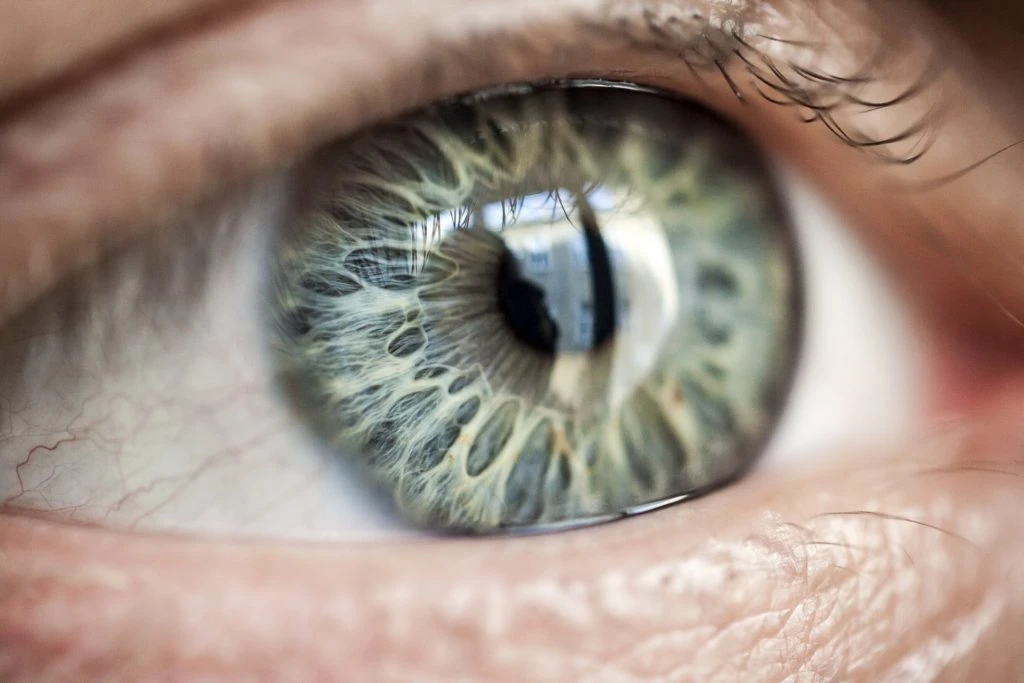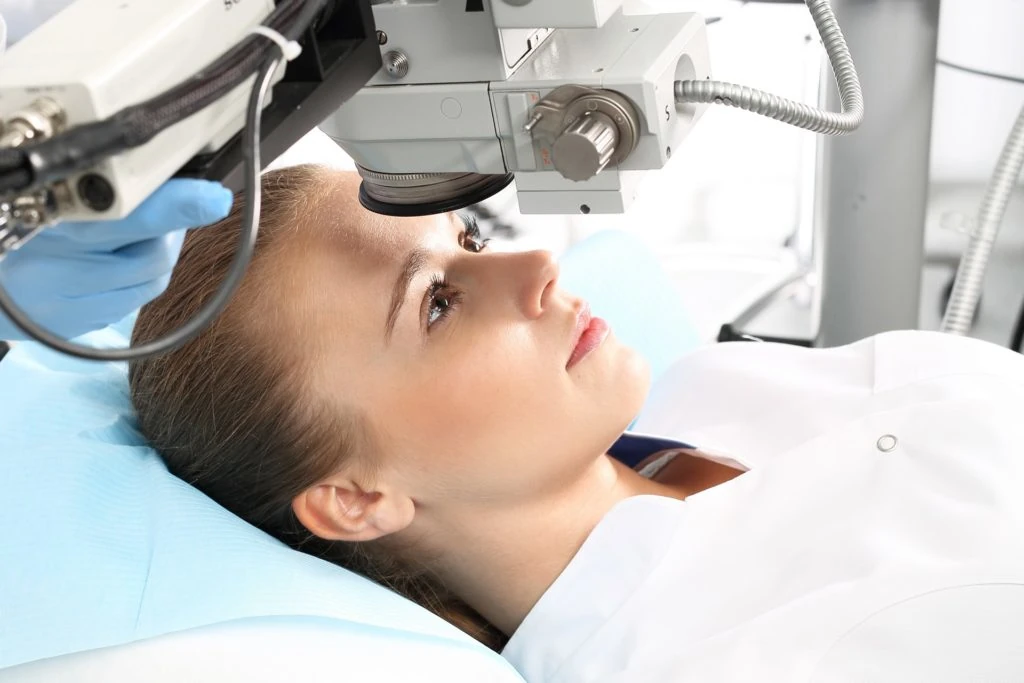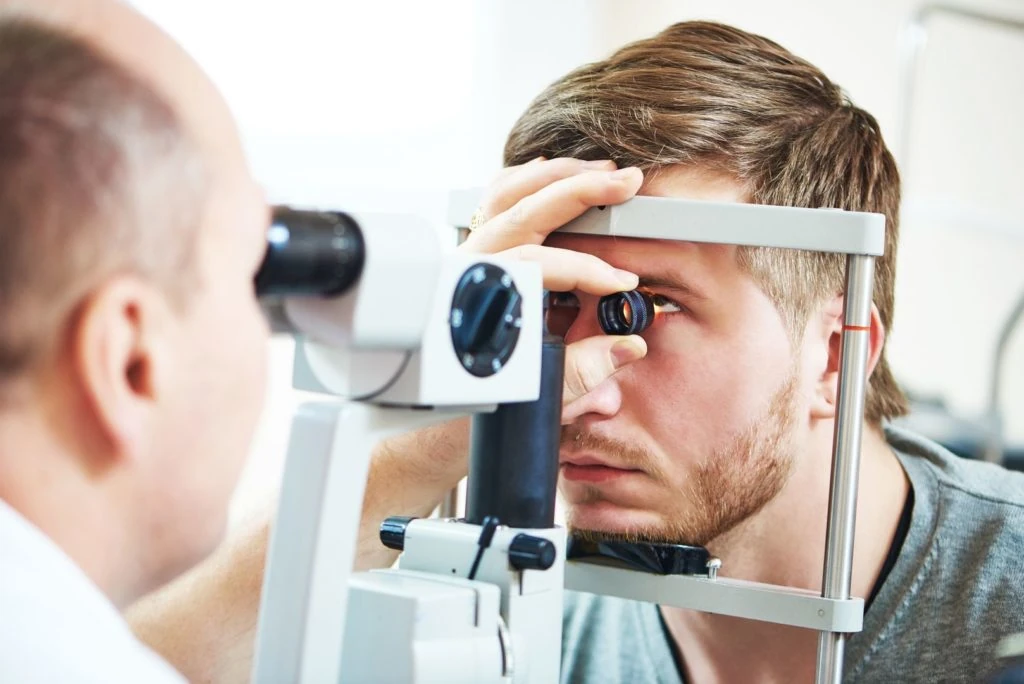The first ophthalmic speculum (ophthalmoscope) was invented in 1851 by Helmholz. Modern ophthalmologists use a variety of techniques to examine the fundus. These include direct and indirect ophthalmoscopy, fundus photography, autofluorescence, fluorescein angiography, indocyanine angiography, confocal laser scanning ophthalmoscopy (German: HRT, Heidelberg Retina Tomograph), optical coherence tomography (OCT, Optical Coherence Tomography), and ultrasonography of the eye. Some of these techniques do not require pupil dilation (mydriasis).


